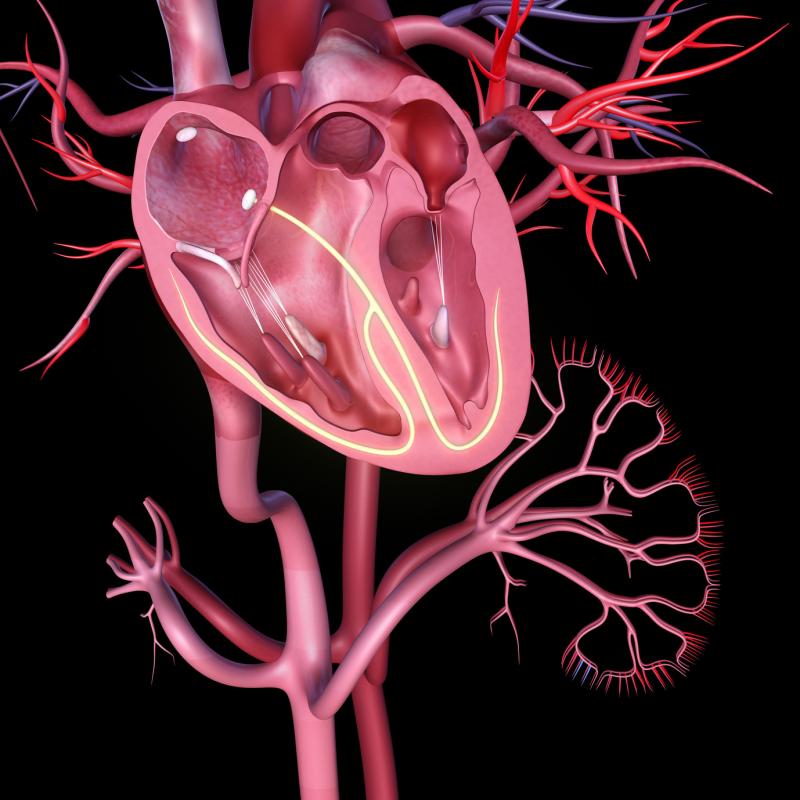
A higher prednisolone dose results in a marked reduction in the relapse rate among patients with Takayasu arteritis (TA), reveals a recent study. Moreover, lower-dose prednisolone monotherapy appears to be a disadvantageous strategy for remission induction in TA despite low disease activity.
Of the 96 patients on immunosuppressive therapy at diagnosis, 57 (59.4 percent) had a relapse during a median follow-up of 56 months. Relapse was significantly predicted by male sex and younger age at disease onset.
Patients with lower inflammatory markers were preferably prescribed with ≤30 mg/day prednisolone monotherapy, compared with >30 mg/day (87.2 percent vs 52.6 percent), but a lower dosage led to a markedly higher relapse rate (hazard ratio, 1.78; p=0.047). In addition, patients on ≥50 mg/day prednisolone had a longer relapse-free period than those treated with ≤40 mg/day.
In the short term, combination therapy vs prednisolone monotherapy improved the relapse-free period. Furthermore, no association was found between the initial prednisolone dose and adverse events.
A total of 105 patients with TA who satisfied the criteria of the Japanese Circulation Society and American College of Rheumatology from 1990 to 2015 were recruited in this study. The authors retrospectively reviewed the clinical characteristics and outcomes of TA patients. The relapse-free period was evaluated according to the difference in initial treatments.
“The effect of combination therapy on relapse needs to be further investigated,” the authors said.